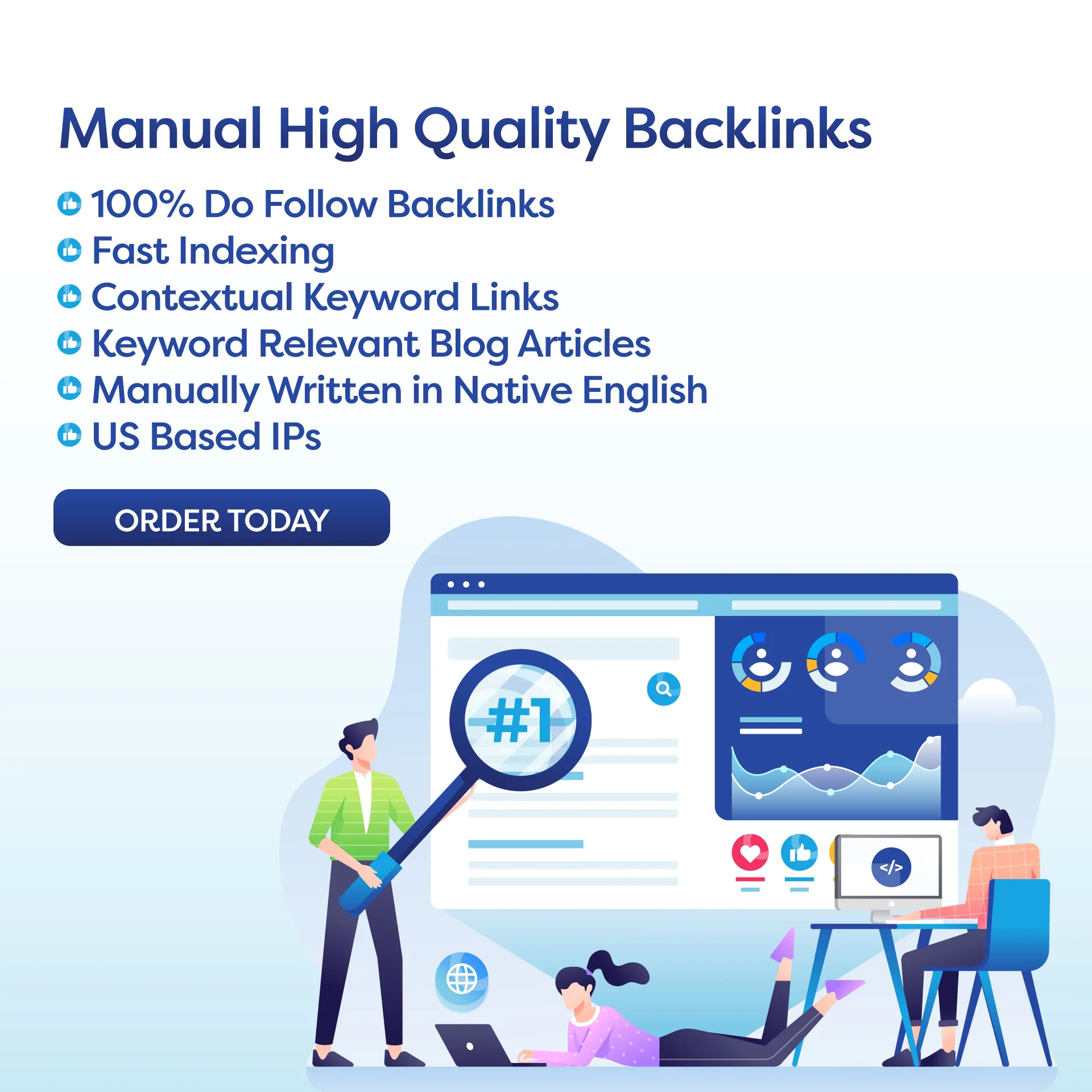Disavowing toxic backlinks is crucial for improving website SEO and online visibility. Toxic backlinks from spammy or irrelevant sites can harm SEO ranking and organic traffic. Identifying toxic backlinks through tools like Google Search Console is key. Using Google’s Disavow Tool, creating a disavow file, and submitting it can help protect from SEO penalties. Best practices include regular monitoring of backlink profiles and proactive link-building strategies. SEO beginners should conduct a backlink audit, create a disavow file, monitor backlinks, and implement outreach efforts. Recovery from manual penalties is possible by following Google guidelines and improving backlink profiles.
Excerpt: Disavowing toxic backlinks can greatly improve your website’s SEO ranking and overall online visibility.
Introduction:
As SEO beginners, you may have heard about the importance of backlinks for improving your website’s search engine ranking. However, not all backlinks are beneficial. Some toxic backlinks can actually harm your SEO efforts and negatively impact your online presence. In this article, we will explore the concept of disavowing toxic backlinks and how it can help you optimize your website’s SEO performance.
Key Takeaways:
1. Understanding the impact of toxic backlinks on your SEO.
2. How to identify toxic backlinks pointing to your website.
3. The process of disavowing toxic backlinks using Google’s Disavow Tool.
4. Best practices for managing your backlink profile to prevent toxic backlinks in the future.
Understanding the Impact of Toxic Backlinks on Your SEO:
Toxic backlinks are low-quality links that come from spammy or irrelevant websites. These backlinks can harm your website’s SEO ranking as search engines like Google may penalize your site for having such links. Toxic backlinks can also lead to a decrease in organic traffic and hinder your site’s credibility online. It’s essential to monitor and address toxic backlinks to protect your website’s SEO performance.
Key Ideas:
1. How toxic backlinks can negatively impact your website’s SEO.
2. The importance of conducting a backlink audit to identify toxic backlinks.
Toxic backlinks can harm your website’s SEO by signaling to search engines that your site may be involved in manipulative link building practices. This can result in a drop in your search engine ranking or even a manual penalty from Google. Conducting a backlink audit is crucial to identify toxic backlinks pointing to your site. You can use tools like Ahrefs or SEMrush to analyze your backlink profile and identify any spammy or irrelevant links.
How to Identify Toxic Backlinks Pointing to Your Website:
Identifying toxic backlinks is the first step towards cleaning up your backlink profile and improving your website’s SEO performance. By understanding the characteristics of toxic backlinks, you can effectively assess which links need to be disavowed using Google’s Disavow Tool.
Key Ideas:
1. Signs of toxic backlinks pointing to your website.
2. Tools and methods for identifying toxic backlinks.
Toxic backlinks often come from websites with low domain authority, high spam scores, and irrelevant content. They may also use anchor text that is overly optimized or unrelated to your website’s content. To identify toxic backlinks, you can use tools like Google Search Console to review your backlink profile or conduct a manual analysis of your inbound links. Look for patterns of low-quality links and prioritize addressing those that are most harmful to your SEO.
The Process of Disavowing Toxic Backlinks Using Google’s Disavow Tool:
Once you have identified toxic backlinks pointing to your website, it’s time to take action by disavowing those links using Google’s Disavow Tool. This tool allows you to submit a list of URLs or domains that you want Google to ignore when assessing your site’s backlink profile. By disavowing toxic backlinks, you can protect your website from potential SEO penalties and improve your overall search engine ranking.
Key Ideas:
1. How to create a disavow file for toxic backlinks.
2. Submitting the disavow file through Google’s Disavow Tool.
Creating a disavow file involves compiling a list of URLs or domains of toxic backlinks that you want to disavow. You can use a text editor like Notepad to create a .txt file containing the URLs or domains in a specific format recommended by Google. Once you have created the disavow file, you can submit it through Google’s Disavow Tool in Google Search Console. It’s important to carefully review your disavow file before submitting it to ensure that you are only disavowing toxic backlinks that are harming your website’s SEO.
Best Practices for Managing Your Backlink Profile to Prevent Toxic Backlinks in the Future:
Preventing toxic backlinks from impacting your website’s SEO is an ongoing process that requires proactive management of your backlink profile. By implementing best practices for backlink monitoring and outreach, you can maintain a healthy link profile and safeguard your site’s SEO performance.
Key Ideas:
1. Regularly monitor your backlink profile for new toxic backlinks.
2. Implement a proactive backlink outreach strategy to build quality links.
Regularly monitoring your backlink profile is essential to identify and address any new toxic backlinks that may arise. You can set up alerts or use backlink monitoring tools to stay informed about changes in your backlink profile. Additionally, implementing a proactive backlink outreach strategy can help you build quality links from reputable websites. By focusing on building relationships with other webmasters and producing valuable content, you can attract natural backlinks that enhance your website’s SEO performance.
Action Plan for SEO Beginners:
1. Conduct a backlink audit to identify toxic backlinks pointing to your website.
2. Create a disavow file for toxic backlinks and submit it through Google’s Disavow Tool.
3. Monitor your backlink profile regularly to prevent toxic backlinks in the future.
4. Implement a proactive backlink outreach strategy to build quality links and improve your website’s SEO performance.
Conclusion:
In conclusion, disavowing toxic backlinks is a critical aspect of managing your website’s SEO performance. By understanding how toxic backlinks can impact your SEO, identifying these harmful links, and taking action to disavow them, you can protect your website from potential penalties and improve your search engine ranking. Remember to implement best practices for managing your backlink profile to prevent toxic backlinks in the future and enhance your overall online visibility.
FAQ:
Q: How long does it take for disavowed toxic backlinks to impact my SEO ranking?
A: It may take some time for search engines to recrawl and reevaluate your website’s backlink profile after disavowing toxic links. The impact on your SEO ranking may vary depending on the number and severity of toxic backlinks that were disavowed.
Q: Can I recover from a manual penalty caused by toxic backlinks?
A: Yes, you can recover from a manual penalty by identifying and disavowing toxic backlinks, submitting a reconsideration request to Google, and demonstrating that you have taken steps to improve your website’s backlink profile. It’s important to follow Google’s guidelines and make necessary changes to comply with their quality standards.

